First Light Fusion
A study of the pistol shrimp’s powerful punch proved so exciting, a spinout was launched to see if it holds the key to fusion

Meeting the world’s increasing energy demands with a clean, sustainable and affordable source is no easy task.
Find out how Oxford spinout, First Light Fusion, aims to address this challenge with pioneering projectile fusion technology.
The pistol shrimp is well-known for the knock-out ‘punch’, the shockwave that it delivers to prey from its comparatively oversized claw.

A pistol shrimp. Credit: Shutterstock
A pistol shrimp. Credit: Shutterstock
Unlike biologists who marvel at the hunting prowess of the shrimp, Dr Nick Hawker was more interested in the energy released by the bubbles which form and then collapse when the oversized claw is snapped.
While studying for his DPhil at the University of Oxford’s Department of Engineering Science, he started modelling the process of the cavity collapse of the bubble and the resulting creation of light. The question for Hawker was whether this natural process produced enough energy to help unlock the potential of fusion.
'I was studying shock-driven cavity collapse, and that's what happens with the shrimp,' he recalls.
“Its huge claw makes a shockwave which stuns its prey, and it also produces bubbles. As the shockwave passes over the bubbles, it makes them collapse. When they collapse, you get these bright flashes of light. It’s called shrimpoluminescence.”
Dr Nick Hawker
The modelling showed the process held enough promise for Hawker and his DPhil supervisor, Professor Yiannis Ventikos, to form First Light Fusion in 2011. Just over a decade later, the company is now the world’s leading inertial fusion start-up having raised over £70m and successfully demonstrated fusion in November 2021.
At the start of 2023, First Light Fusion announced plans to build a machine that will prove its target-based approach goes a step further. Rather than solely achieve fusion, Machine 4 will be First Light’s demonstrator facility intended to show ‘gain’. Once developed, Machine 4 will become the largest pulsed power facility in the world, creating a brand-new science platform for UK R&D in several sectors.
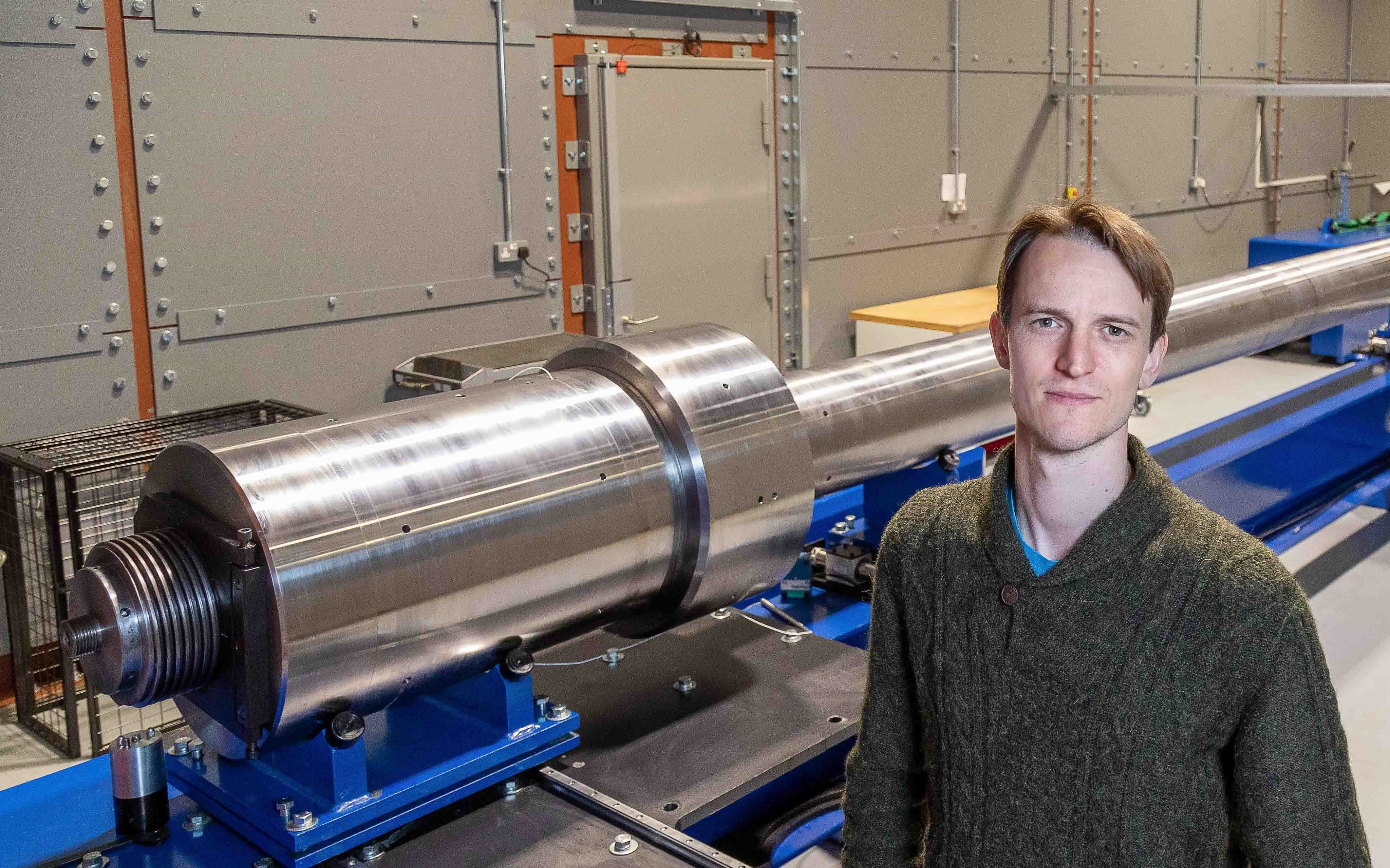
Target-based fusion
Fusion differs from today’s nuclear fission by seeking to fuse together atoms rather than split them. With fusion, the key is to combine tritium and deuterium which have five hydrogen neutrons between them. When fused, they become helium 5 for the tiniest fraction of a second before shedding one of the hydrogen neutrons to become the more stable helium 4. This releases a significant amount of energy which scientists believe, if it could be controlled at scale, would provide a clean and abundant energy source that could replace the planet’s reliance on fossil fuels.
The approaches to achieving fusion are split into two main camps. The first approach is to suspend a ball of plasma, as hot as the sun, using powerful superconductive magnets. The other, which First Light Fusion is pursuing a version of, is to fire a projectile, or a laser, at a capsule holding the tritium and deuterium. This is called inertial confinement fusion and would be more cost-effective.
There are several groups around the world seeking to achieve fusion through an inertial approach, but First Light’s differentiator is that it leverages a key piece of proprietary technology, which it calls the target. Dr Hawker explains that First Light Fusion’s approach is unique in focussing on the design of the target which amplifies the force of the projectile hitting it.
'We think of the target having two parts,' he explains. 'There's the fuel capsule deep within it, which holds the fusion fuel, the deuterium and the tritium. Then there's what we call the amplifier.'
“The amplifier is our key technology. It’s the part that we've invented and further developed, which no one else has. The projectile hits the front of the amplifier, which focuses the energy of the projectile into the fuel in a way which works for what you need to create inertial fusion.”
Dr Nick Hawker
The intention is for projectiles to be fired down a cylinder at a target which contains a fuel capsule surrounded by the company’s unique amplifier. The process would be repeated roughly every 30 seconds with the energy created being absorbed into surrounding liquid lithium.
The flowing liquid protects the chamber from the huge energy release, neatly sidestepping some of the most difficult engineering issues in other approaches to fusion. This would heat surrounding water to boil, producing steam to drive a turbine.
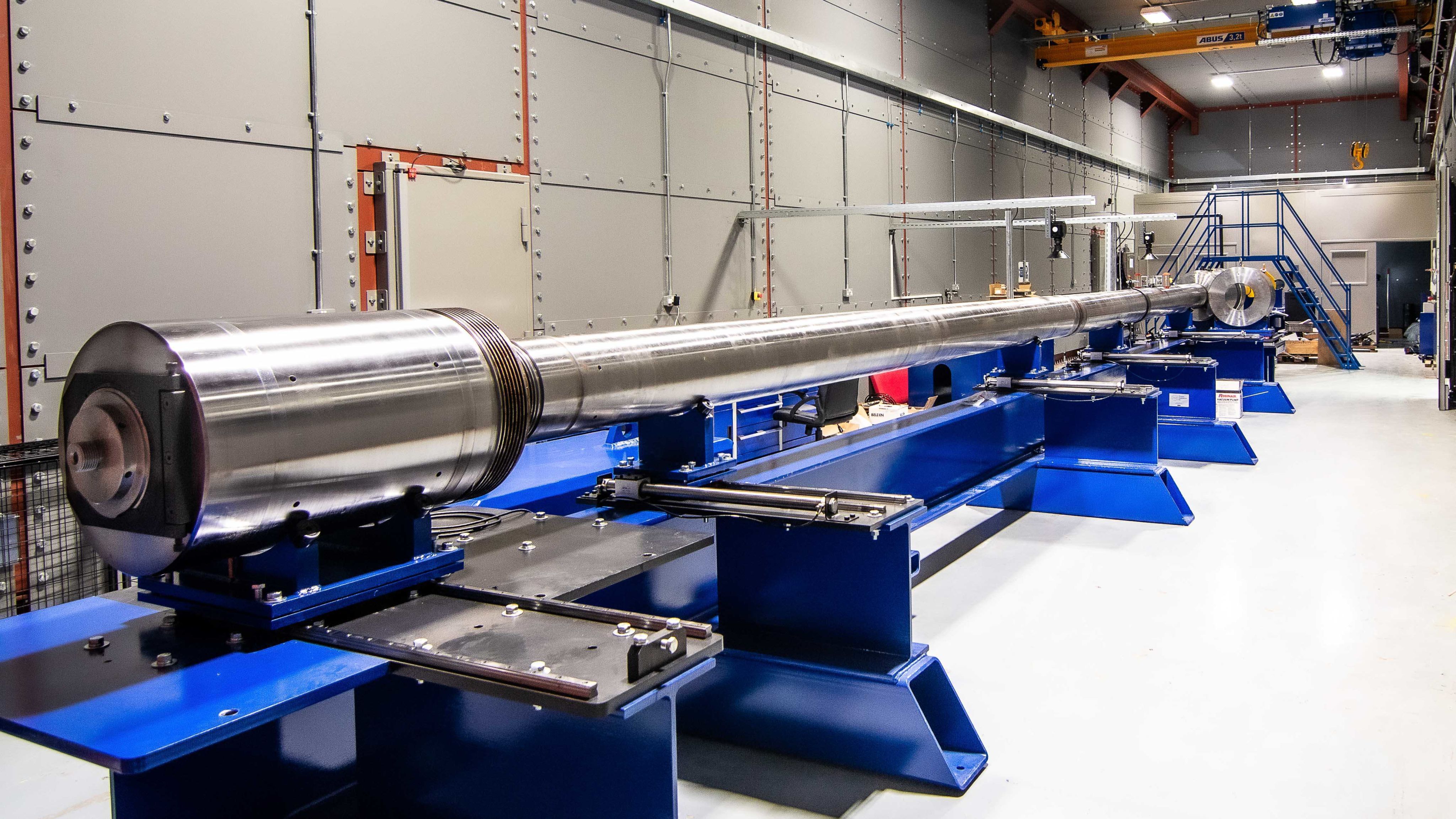
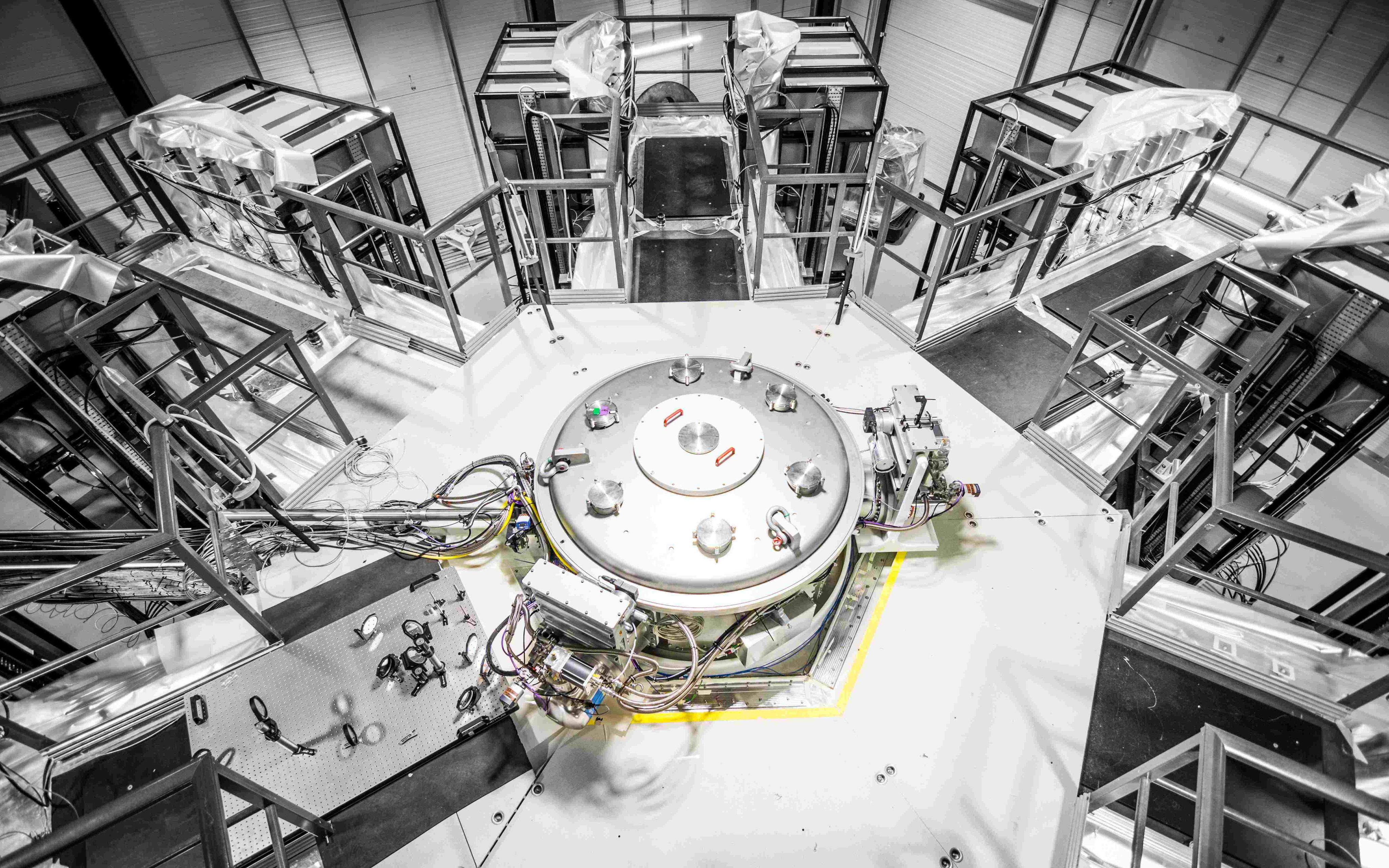
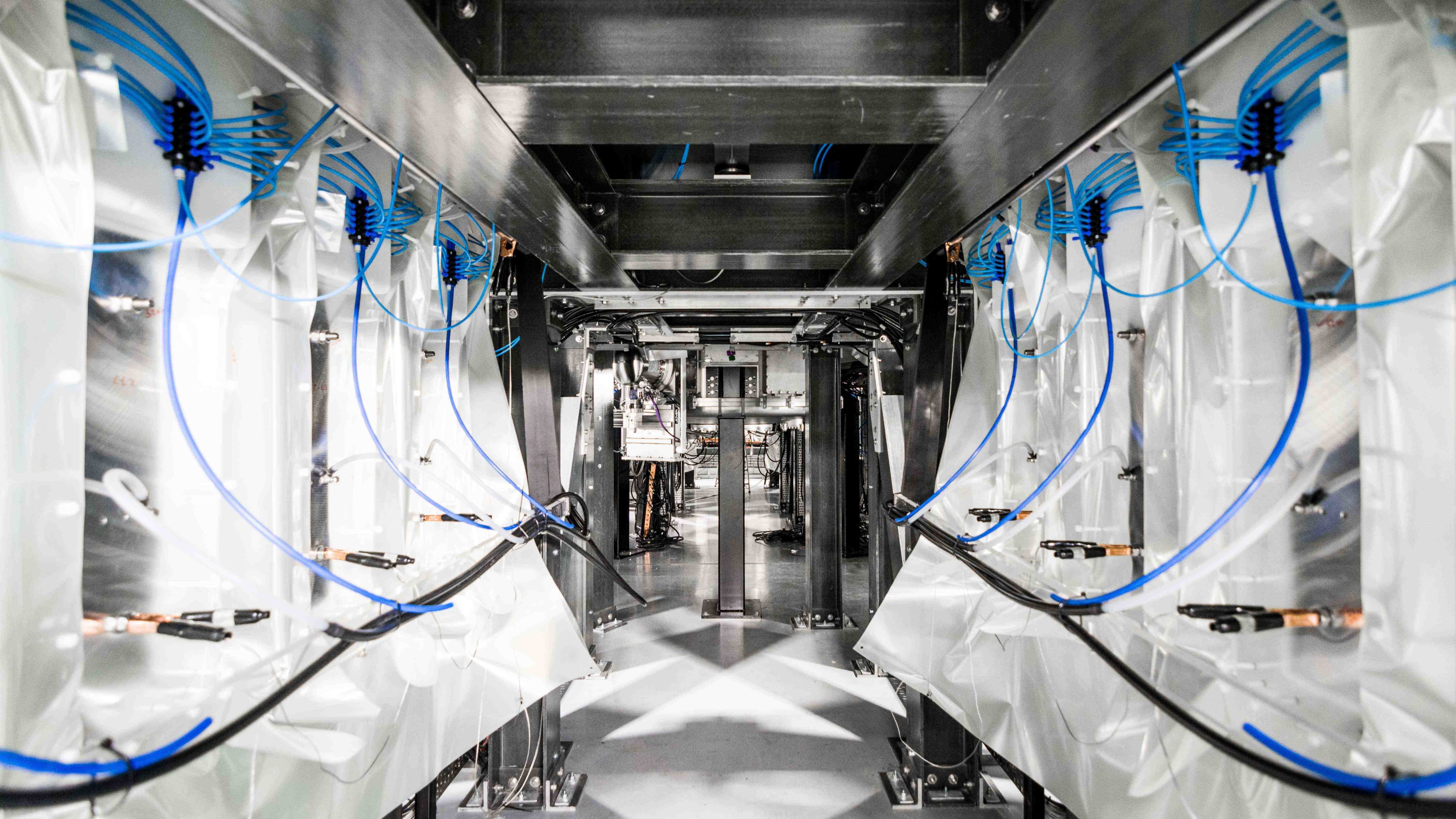
Launching out of Oxford
The co-founders knew the science was sound and that their first job was to convince investors. One of the early investors was IP Group, and First Light Fusion has since received investment from several large investment groups, including Oxford Science Enterprises, the independent investment company which founds, funds and builds companies from the University of Oxford.
Dr Hawker points out that coming from the University of Oxford does not guarantee investment, but it did help the fledgling business get through the door as he and Professor Ventikos toured the offices of venture capitalists across London.
“Oxford’s academic reputation opens doors. The brand, University of Oxford, still gets us meetings. It's instant name recognition. Talking to investors from the Middle East, from China or the US; they all know who the University of Oxford is. It's a huge advantage.”
Dr Nick Hawker

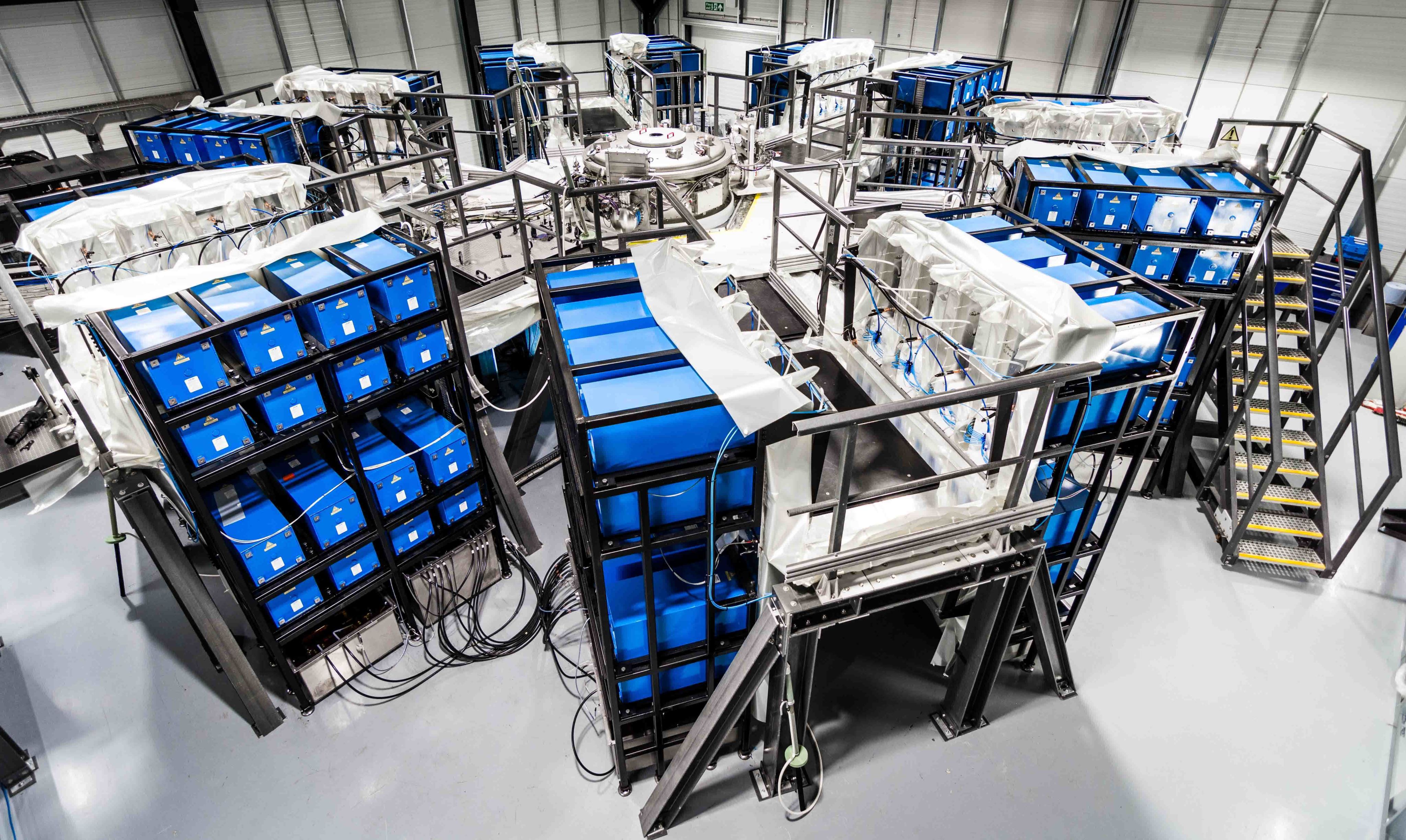
Machine 3 is the biggest pulsed power machine in Europe dedicated to researching fusion energy.
Machine 3 is the biggest pulsed power machine in Europe dedicated to researching fusion energy.
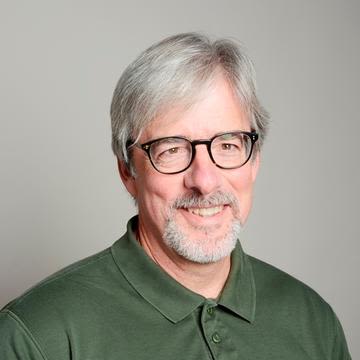
Professor Ron Roy
Professor Ron Roy
International cooperation
While Oxford links helped with introductions to early financiers, they were also instrumental in building lasting partnerships with leading academics, including American cavity collapse expert, Professor Ron Roy, and fellow American and serial entrepreneur, Bob Dean. Sadly, Dean has since passed away, but Professor Roy remains an advisor to the company.
Professor Roy was a Visiting Professor at Oxford when he originally met Professor Yiannis Ventikos several years before First Light Fusion was formed. As an expert in cavity collapse, he had many informal discussions before later becoming a consultant to the business.
This international exchange of ideas proved so attractive, Professor Roy decided to move to the UK permanently, taking up the position of Chair of Mechanical Engineering in the Department of Engineering Science at the University of Oxford, where he is now Head of the Department. He believes one of the reasons that spinouts, such as First Light Fusion, can flourish, is that the University attracts so many talented people from many engineering disciplines who can all work under the same roof.
This has been important for First Light Fusion because, although it does not limit itself to working solely with Oxford academics, it has a strategy of focussing on single challenges and then finding the world-leading experts that can help to overcome them. Professor Roy explains, 'Oxford’s different because it has its history and its reputation, but it’s truly a very international place,' he says.
“Our department is unusual for having academics, researchers and students from all disciplines of engineering, all under one roof, in one department. The vast majority of universities would have people in discrete departments which means collaborating is not as easy. It’s one of the reasons people come here, you can expand your horizons very efficiently."
Professor Ron Roy
Real world opportunities for post-graduates
First Light Fusion has a strong record in sponsoring postgraduates at the University of Oxford and other institutions.
'We have sponsored a lot of PhD students in our time,' confirms Dr Hawker. 'It's a great way to get longer-term questions addressed. It’s also a great way to build relationships with academics.'
Mila Fitzgerald is an Oxford DPhil student sponsored by First Light Fusion. She first came to study for a Masters at Oxford’s Department of Engineering Science because of the 'amazing work' that has come out of it, including First Light Fusion.
The department’s close links with the company meant that Mila’s Masters supervisor, Professor Daniel Eakins, was able to line her up to do some design optimisation work for the business, as part of her fourth year project. This led to her being offered a sponsored DPhil.
Mila credits the University of Oxford for opening doors that may not have been open to her elsewhere and, crucially, for allowing her to seek a career in a field, and with a company, she truly enjoys.
'I was all lined up to join the civil service fast stream but I loved my Master's project,' she recalls. 'It's the first thing I'd done which I really wanted to do in my spare time. I'd never had that from work before. That is one of the benefits of doing a degree at Oxford, it gives you more choice over what you do next, rather than just getting a degree and then going off to a job you don’t really love.'

Mila Fitzgerald Credit: First Light Fusion
Mila Fitzgerald Credit: First Light Fusion
The work Mila is carrying out with First Light Fusion concerns how the design of the projectile, and the pulse power unit that fires it, can be optimised. This involves changing the way the projectile is fired as well as what is it made of.
'We’re trying to get the projectile to travel as fast as possible, without destroying it when it’s fired,' she says. 'You don’t want it to disintegrate before it hits the target without first putting its kinetic energy into it. We’re effectively trying to find a way of making the projectile travel quicker and have more impact. It’s quite a challenge.'
It is being a part of a potential solution to the planet’s wider challenge to decarbonise that has encouraged Mila to continue her studies. At First Light Fusion, she points out, she not only has an opportunity to work on a 'multi-billion pound' challenge, she is also able to play a part in a team that wants to make clean energy more affordable.
The target-based approach is expected to offer a more cost-effective method of delivering fusion and this could pave the way for developing countries who might otherwise find it too expensive to decarbonise.
'Fusion is an amazing clean energy source but to solve the energy problem worldwide, you can't just come up with clean energy, you've got to come up with clean energy which is going to be available to a whole range of countries,' she says.
“That's why it’s so exciting to be working on my DPhil with a company that is hoping to lower the cost of fusion, not by having a machine operating all the time but rather having a projectile fired every thirty seconds or so. It’s lowering the cost of energy and making it accessible to more people.”
Mila Fitzgerald
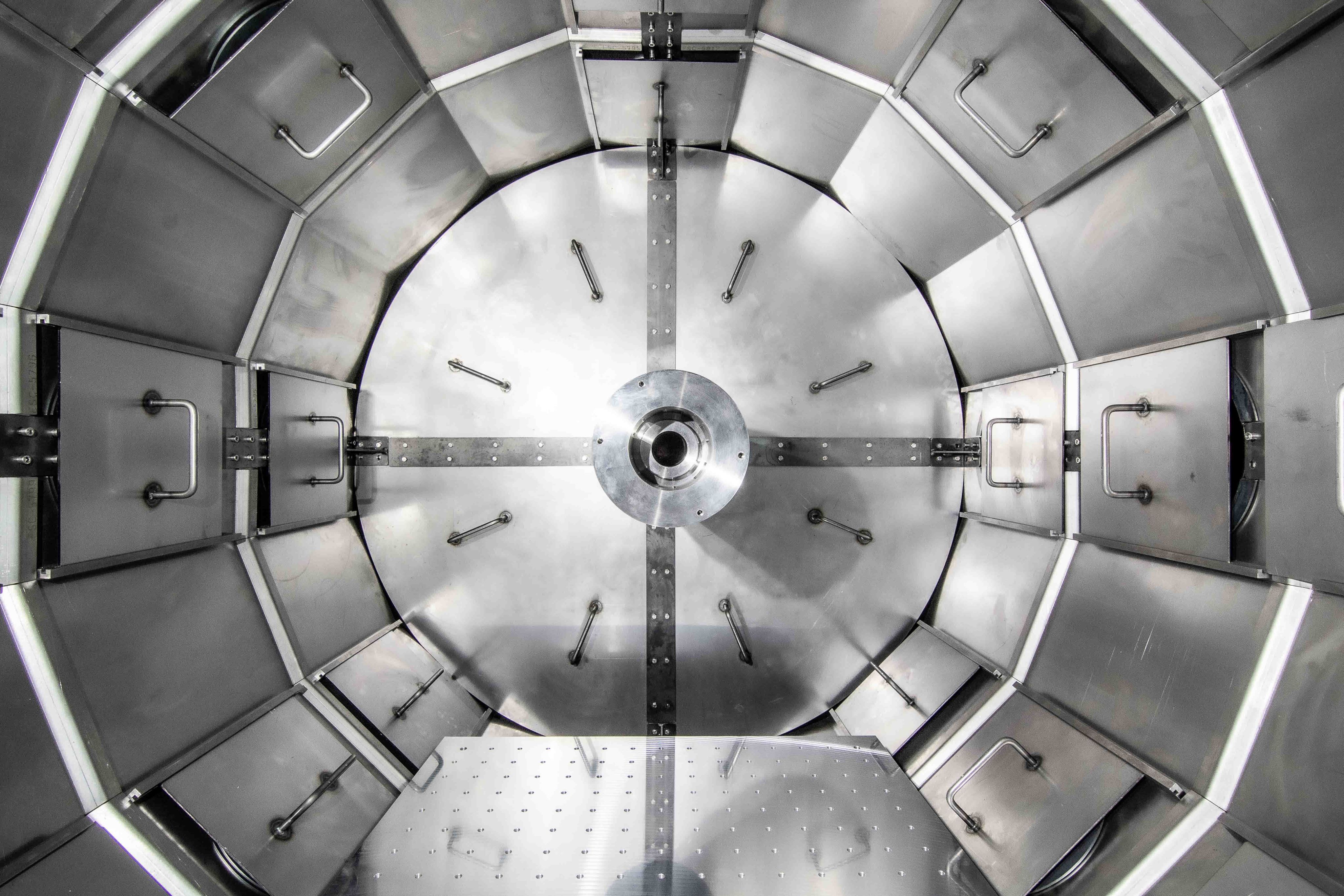
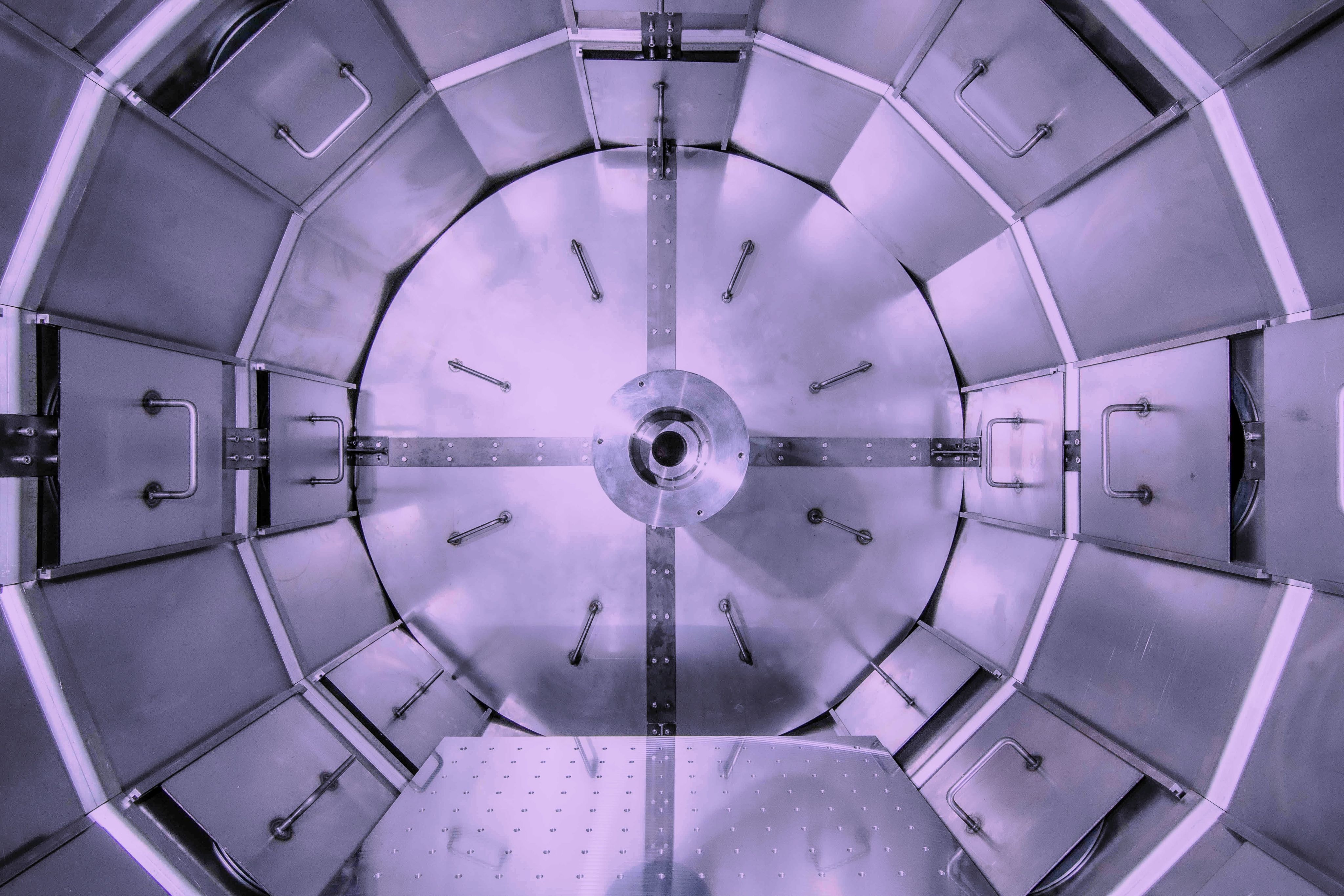
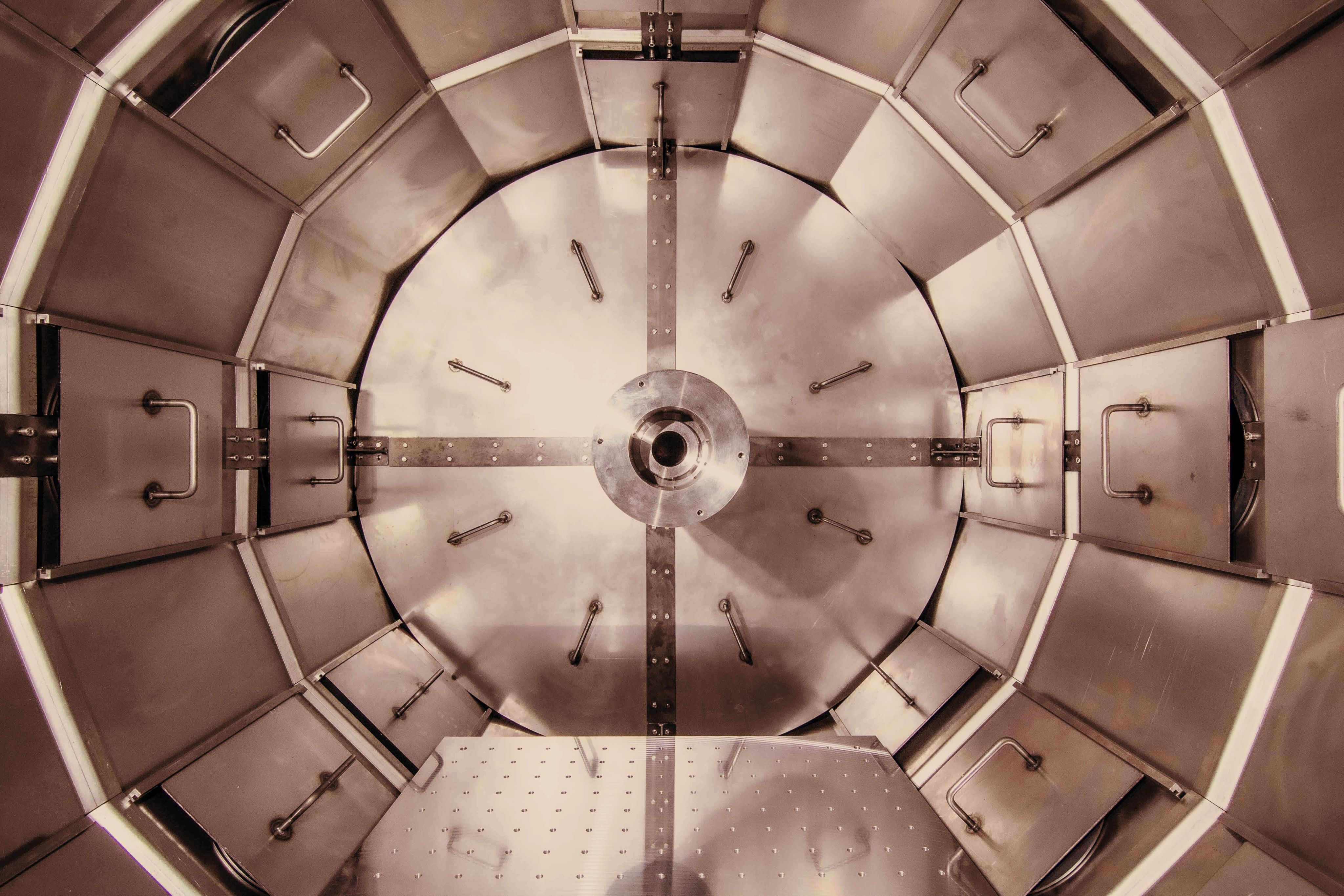
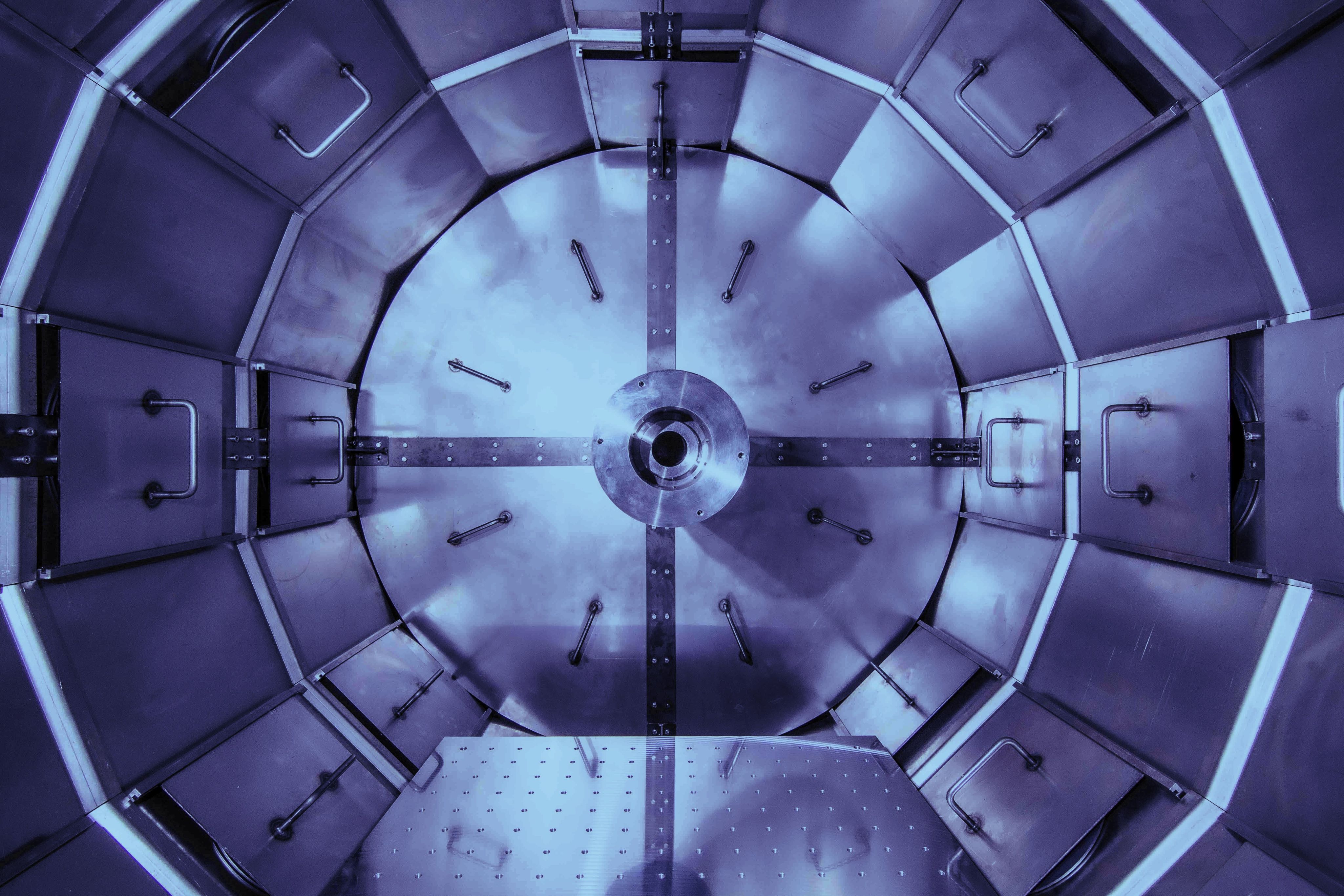
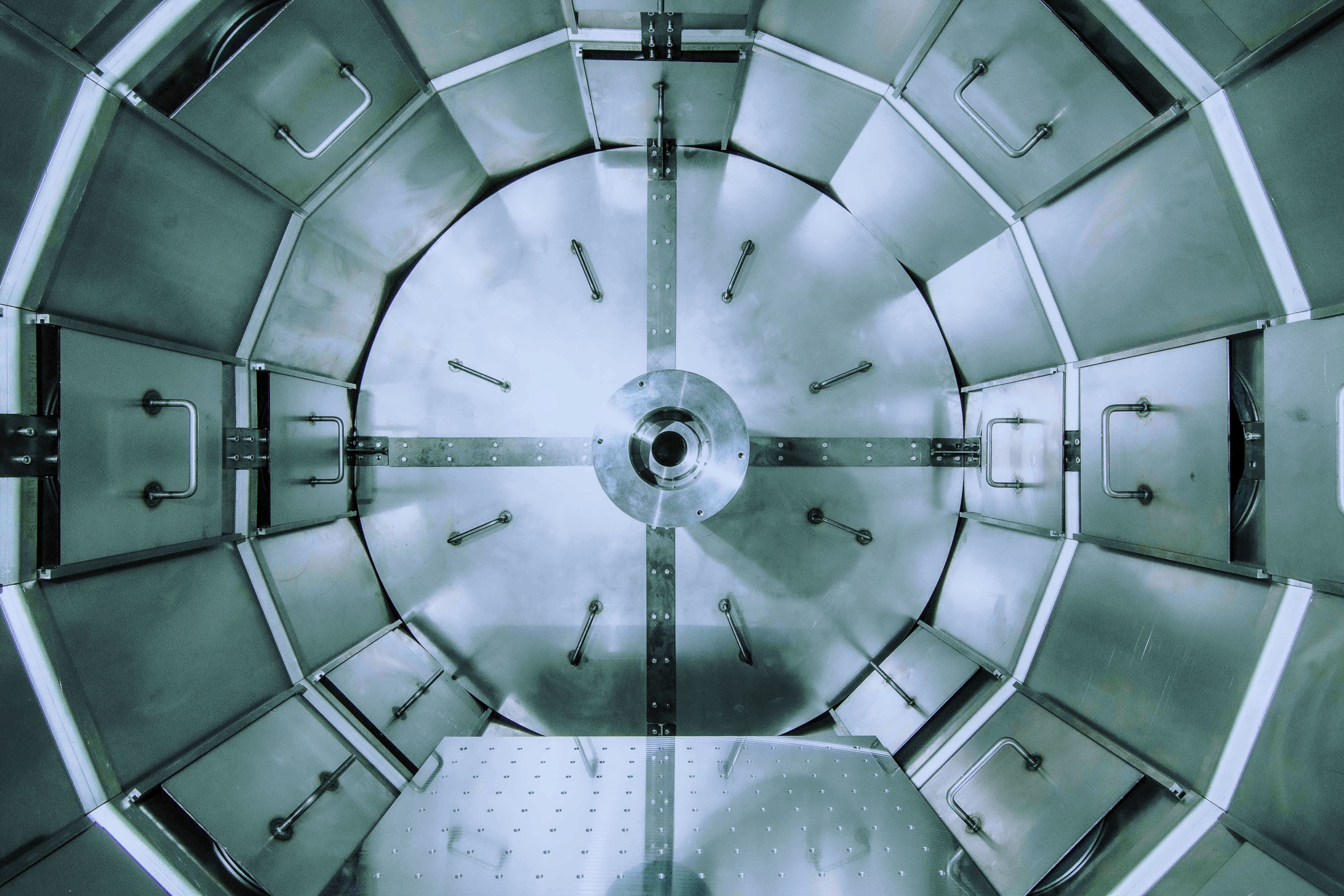
Machine 4 designed to show gain
There have been encouraging developments for researchers pursuing a target-based approach to fusion. In December 2022, the National Ignition Facility (NIF), at the Lawrence Livermore National Laboratory in California, demonstrated ‘gain’ for the first time. It created 1.5x the energy it took to produce the fusion reaction, making a milestone in the progression of target-based approaches.
In a bid to follow suit, First Light Fusion is working with the UK Atomic Energy Authority (UKAEA) to build its Machine 4 at its Culham site in Oxfordshire. Professor Sir Ian Chapman, CEO at UKAEA, is hopeful that it will open a new frontier in the pursuit of fusion.
“We have enjoyed a long relationship with First Light Fusion as it has progressed its unique projectile fusion method, and worked with them to validate their maiden fusion result in 2022. First Light joins other fusion pioneers in working at Culham as we continue to drive UK economic growth and a thriving fusion industry.”
Professor Sir Ian Chapman
Work on building the machine is expected to begin in 2024 with the potential for First Light Fusion to possibly demonstrate gain by the end of the decade.
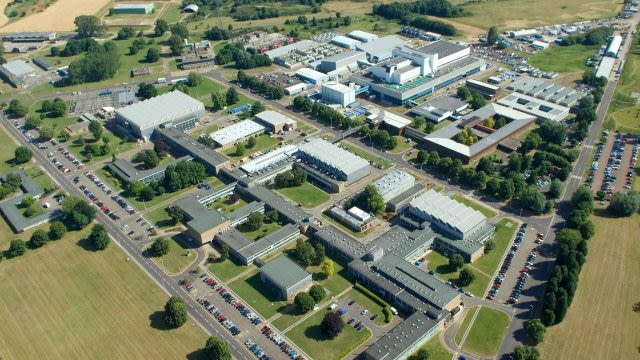
6.5 kilometres per second
speed of the projectile
100 microns
unit to which the fuel is compressed, smaller than the thickness of a human hair
70 kilometres per second
speed at which the fuel implodes, over six times escape velocity
2 years of energy
for the average UK home powered by the release from each target

